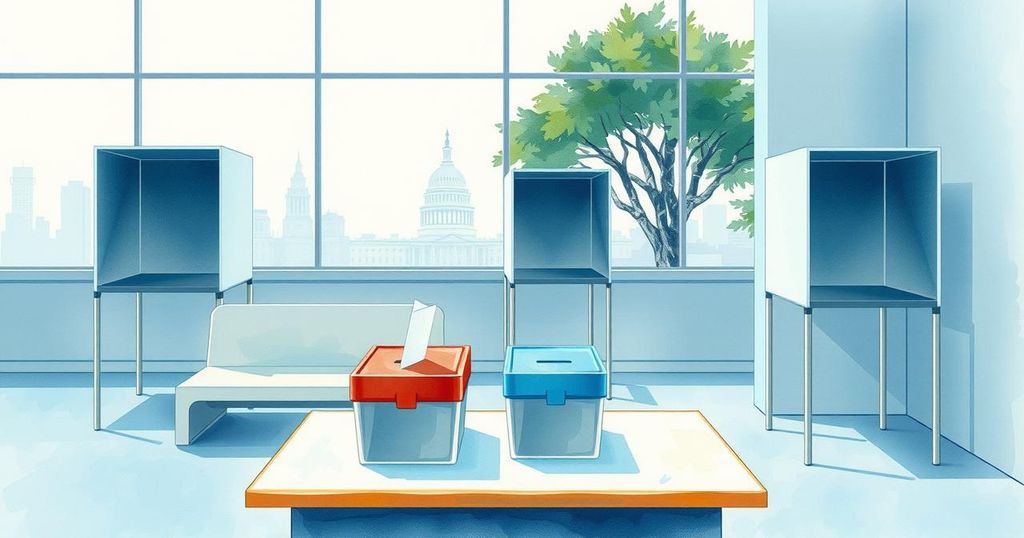Japan PM’s Future in Doubt After Election Debacle

- Japanese Prime Minister Shigeru Ishiba’s political future is uncertain.
- His coalition has lost its upper house majority in the elections.
- Voter dissatisfaction, particularly over inflation, is driving support for Sanseito.
- The LDP’s performance marks its worst electoral result in 15 years.
- Concerns over the economy, especially rice prices, continue to grow.
Election Outcomes Leave PM’s Leadership Uncertain
After a disheartening election result this past Sunday, Japanese Prime Minister Shigeru Ishiba’s future now appears murky. His coalition, which includes the Liberal Democratic Party (LDP) and its ally Komeito, struggled to maintain its upper house majority, reportedly securing just around 41 of the needed 50 seats, as conveyed by local media projections. This significant underperformance reflects a troubling trend for the long-dominant LDP, which has been in power, nearly uninterrupted, since 1955, recently losing its lower house majority as well, marking the party’s worst electoral showing in 15 years.
Economic Frustrations Drive Voter Sentiments
The disappointing electoral outcomes have prompted many voters to shift their allegiance, with a notable rise in support for the right-wing populist party, Sanseito. This party’s message resonates deeply in the current climate, presenting a nuanced variant of ‘anti-globalism’ similar to the sentiments expressed by former U.S. President Donald Trump. Voter anger over rising prices, particularly for necessities such as rice that have seen prices double, has amplified these shifts. Japan’s older demographics, represented by voices like Hisayo Kojima, reflect widespread concerns over escalating costs despite government assistance.
Political Landscape Remains Fragmented Amid Economic Strain
As uncertainty looms over Ishiba’s potential resignation, ambiguity arises regarding the next leader for the LDP. Political analysts suggest it is unclear who might take his place should he choose to step down, especially given that the coalition now faces the need for support from opposition in both legislative chambers. Furthermore, the fragile state of the economy – highlighted by disappointing export figures and looming tariffs on U.S. imports due to unresolved trade negotiations – doesn’t bode well for any prospective successors. With the current opposition parties fractured, the prospects of a coherent alternative government remain elusive. While Sanseito pushes for more stringent immigration policies and a re-evaluation of climate agreements, their emergence spells trouble not just for Ishiba, but for the cohesion of Japan’s legislative future as well.
In summary, Prime Minister Ishiba faces significant uncertainty following the electoral setback that stripped his coalition of its upper house majority. Economic frustrations among voters, particularly with rising prices and stagnant pensions, have fueled a shift toward populist parties like Sanseito. The political landscape is fragmented, and the future of leadership for the LDP remains clouded, suggesting challenging times ahead for Japan’s governance.







